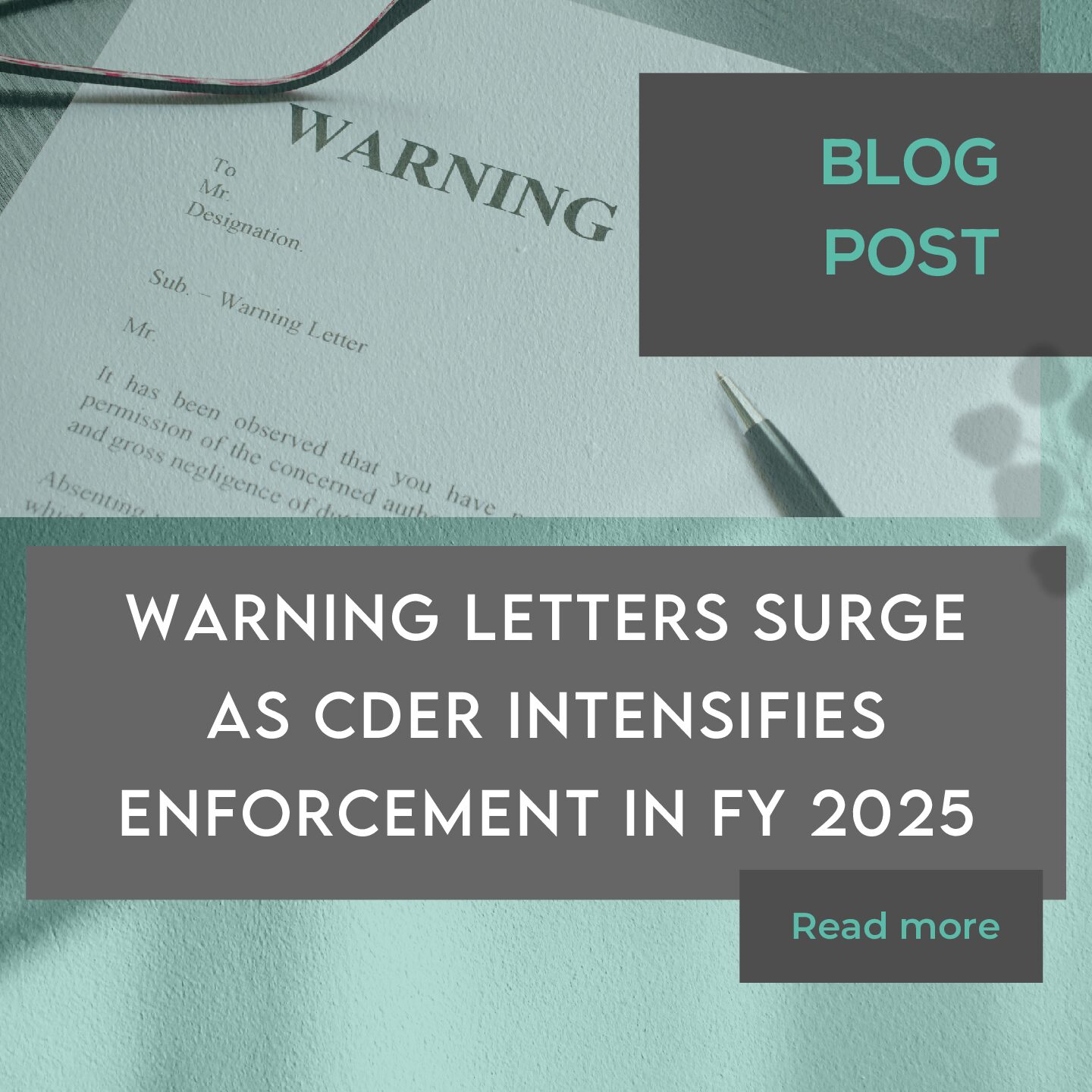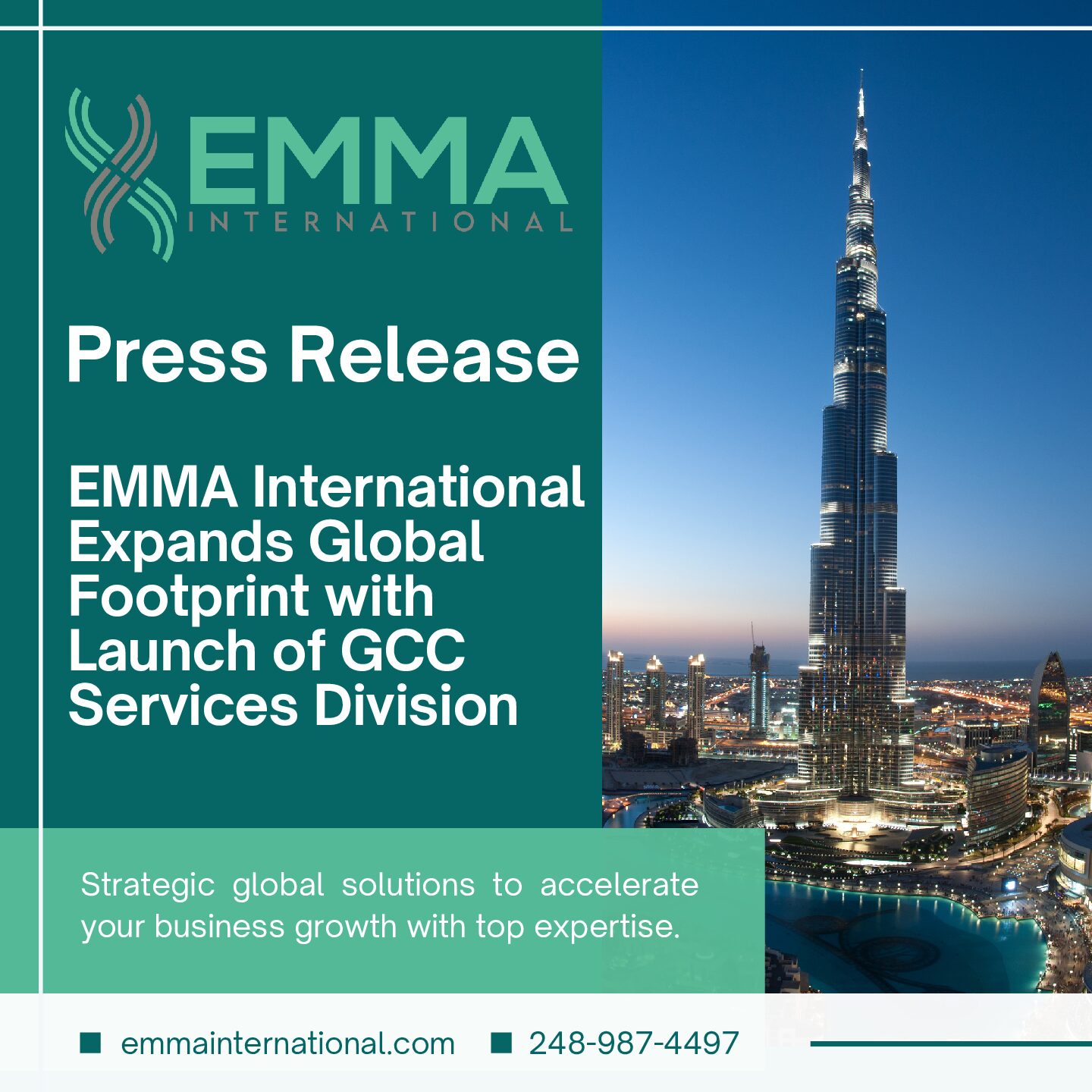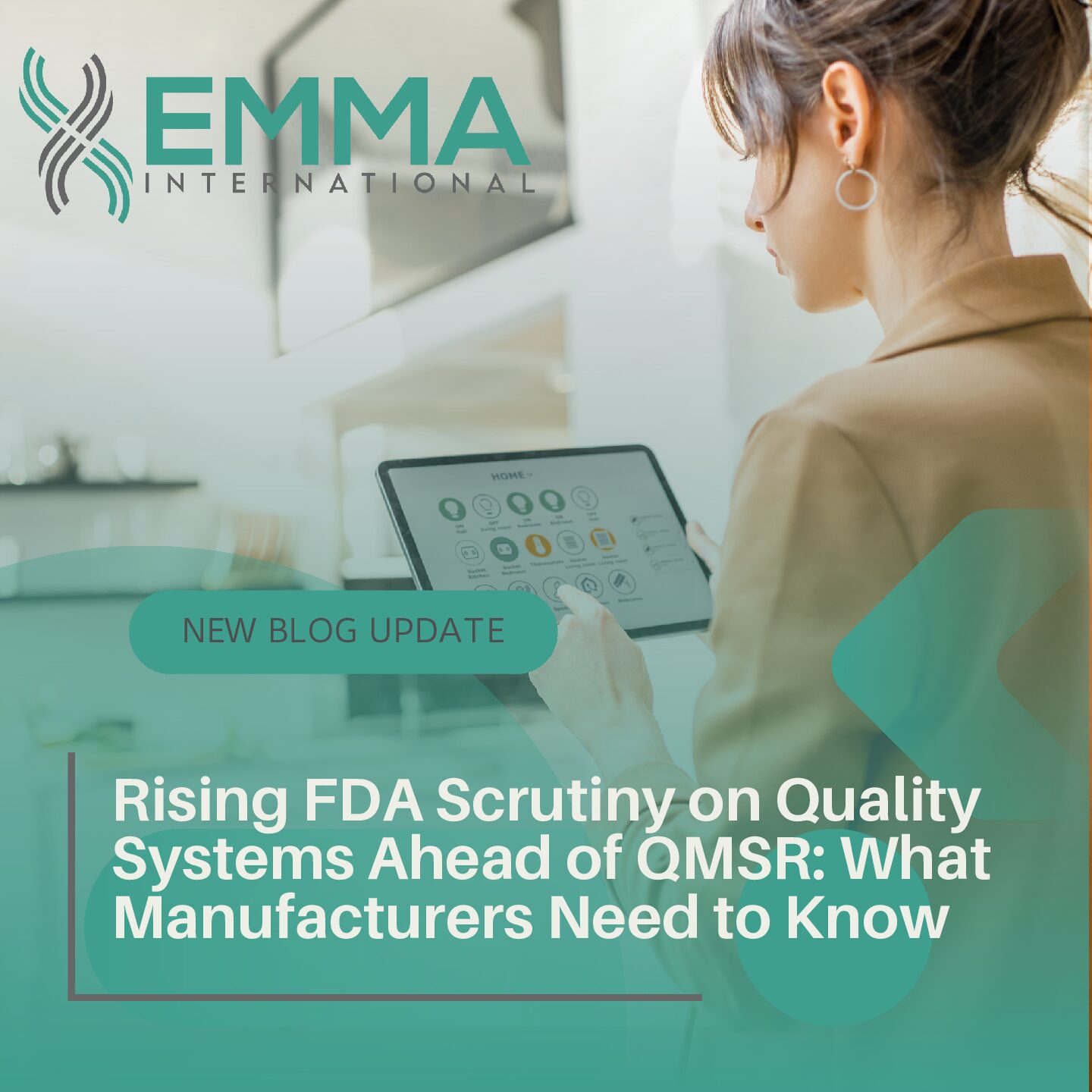Medical Device manufacturers selling their devices in the European Union are currently in a three-year transition period to comply with the new EU MDR 2017/745. There are quite a few changes proposed in the new regulation that medical device companies need to establish compliance with; including a new device classification scheme, UDI rule etc. New requirements surrounding the clinical evaluation reports (CERs) for medical devices is also one of the many changing requirements.
CER (Clinical Evaluation Report) is a part of the technical file that establishes and proves that a medical device is clinically safe and effective by analyzing the clinical data derived from various sources. The clinical data definition has been revamped in the EU MDR to incorporate all the potential sources of clinical data.
According to the new EUMDR, the sources of clinical data now include1
- Clinical investigation(s) of a particular device, or
- Clinical investigation(s) or other studies reported in scientific literature, of a similar device with demonstrated equivalence; or
- Reports published in peer-reviewed scientific literature on other clinical experience of either a particular device or a similar device with demonstrated equivalence; or
- Clinically relevant information coming from post-market surveillance, in particular the post-market clinical follow-up
All class III and implantable devices will have to undergo clinical investigation to establish evidence of their safety and effectiveness. The exemption is when modifications are made to an existing device marketed by the same manufacturer or if the manufacturer establishes substantial equivalence to a device already placed on the market; where the clinical evaluation of the predicate can be used to prove the safety and performance requirements of the modified device.
Class III and implantable devices which have been lawfully placed on the market according to MDD 90/385/EEC or MDD 93/42/EEC will not require clinical investigation.1
Exemption to conduct clinical investigation on the basis of establishing substantial equivalence to an already marketed device by another manufacturer will require a contract to be in place between the two manufacturers to access the technical documentation and the clinical evaluations of the predicate device in accordance with the requirements set forth in the MDR.
The inclusion of the post-market clinical follow-up data as part of the clinical evaluation report makes the CER a document that requires continuous updating throughout the device’s lifecycle.
The CER must be updated 1
- Every year for high-risk devices, including implantable devices
- Every 2-5 years for low or moderate risk devices
- When new post-market clinical and surveillance data become available
- When changes made to the design of the device affect the clinical safety and benefits
The reporting requirements to the notified bodies have also changed. The MDR now requires notified bodies to check for a concrete post-market clinical follow-up plan by the manufacturer, which ultimately feeds the clinical evaluation report. Notified bodies are also required to provide a clinical evaluation assessment report of the manufacturer’s clinical evaluation data including the interface with the risk management process, the methodology for the literature search etc.
Manufacturers will be able to consult with an expert panel to build and review their clinical development and clinical investigation strategies. For certain high-risk devices, the expert panel will also be responsible for the review of the clinical evaluation assessment report prepared by the notified body.
As a general recommendation, it would be beneficial for a company to consult with the notified body or the expert panel to review their clinical development strategy or clinical data strategy [as addressed in the MDD]. This will help the company obtain feedback and understand the acceptability of their clinical strategy, as well as calculate the additional costs the company might have to incur.
If your company needs help transitioning to the new EUMDR, or if you have any questions about the new requirements, please call us at (248) 987-4497 or email info@emmainternational.com.
1 European Union (May 2017) REGULATION (EU) 2017/745 OF THE EUROPEAN PARLIAMENT AND OF THE COUNCIL of 5 April 2017 on medical devices, amending Directive 2001/83/EC, Regulation (EC) No 178/2002 and Regulation (EC) No 1223/2009 and repealing Council Directives 90/385/EEC and 93/42/EEC retrieved on 12-27-2018 from https://eur-lex.europa.eu/legal-content/EN/TXT/PDF/?uri=CELEX:32017R0745&from=EN






